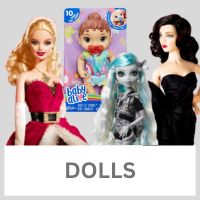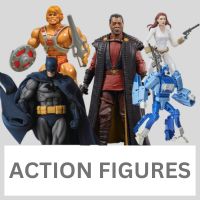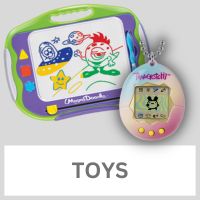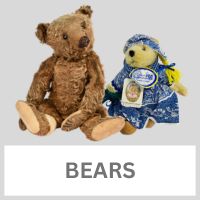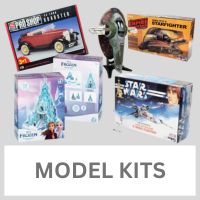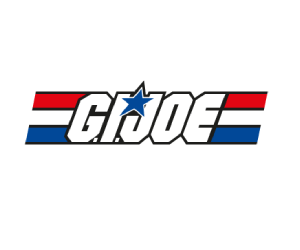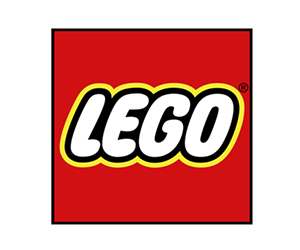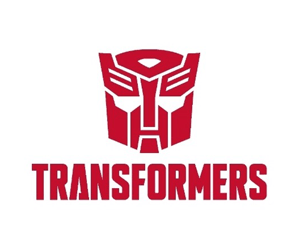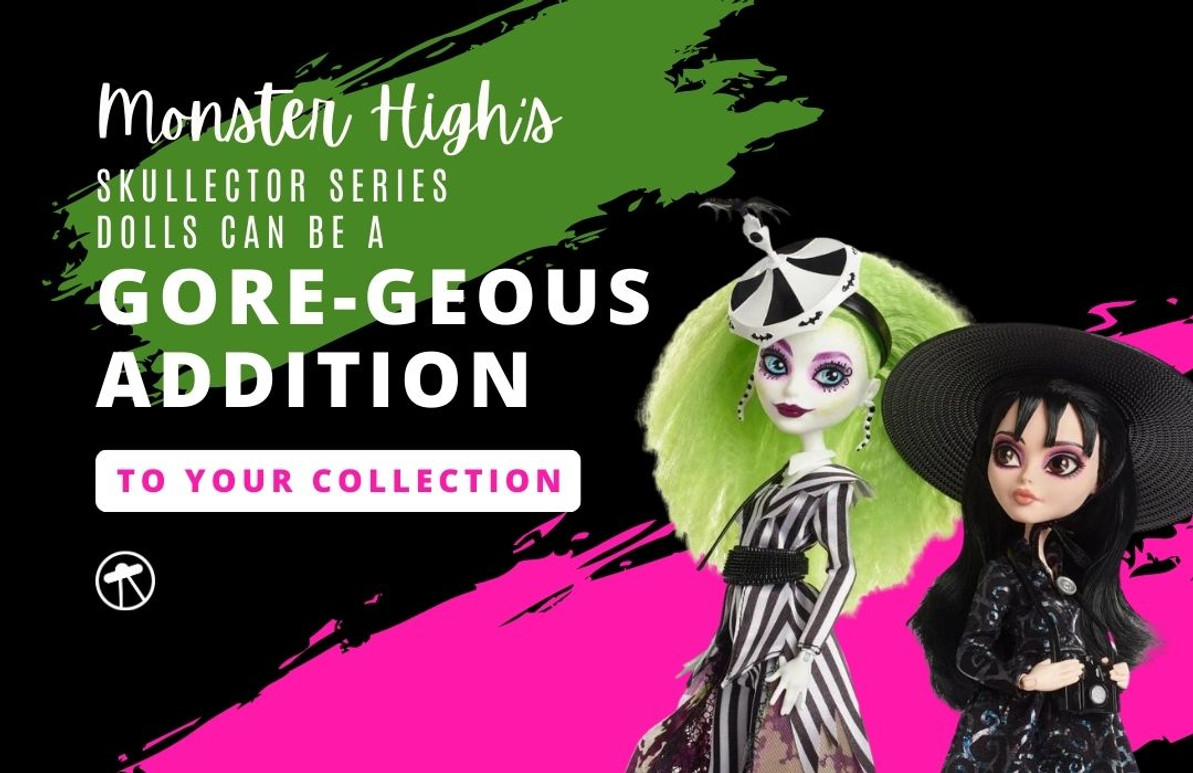Star Wars Figure Customization: Personalizing Your Collection
For many Star Wars fans, collecting official Hasbro or Lego figures is a cherished hobby. However, customizing your own figures can take your collection to the next level by making it truly unique.
From simple head-swaps to complex kitbashing and painting, customizing opens up limitless possibilities for putting your own creative stamp on Star Wars characters.
Customizing allows collectors to make the figures they want rather than rely on official releases.
Customizing Star Wars figures has become an incredibly popular hobby among collectors in recent years. With an endless array of characters from the movies, TV shows, books, comics, and video games, collectors are no longer content to just buy what’s available - they want to create their own personalized figures too.
This guide will provide an overview of the different options for customizing Star Wars figures, from easy head-swaps to more complex painting and sculpting techniques.
We’ll cover the materials and tools you need to get started, top tips from expert customizers, and showcase some truly inspiring custom figures from the community.
Whether you want to make simple tweaks or entirely unique characters, customizing allows you to make the figures you want rather than rely on official releases. Let’s dive in!
Getting Started with Customizing
Choose Your Base Figure
The first step is choosing the right base figure to customize. Most customizers use readily available Hasbro or Lego minifigures as a starting point. Study the base model to see how feasible your planned customization is.
Can you achieve the look with a simple head-swap, or will it require more complex changes? Avoid counterfeit or knock-off brands which have poor sculpting and articulation.
Gather Your Tools and Materials
Customizing requires some specialty supplies. Useful tools include X-Acto knives, small pliers, sculpting tools, paint brushes, a rotary tool like a Dremel, and materials like putty or polymer clay. Quality paints are essential.
Acrylics work well, but enamel model paints are the gold standard for adhering to figures. Other handy materials include different grades of sandpaper, primer, sealer, glue, and clear acrylic spray.
Safety First!
Many customization techniques require sharp tools or spray paints, so work in a well-ventilated area and take precautions. Wear a mask when spray painting.
Be cautious when using sharp tools. Follow all manufacturer safety guidelines. Take things slow at first to get a feel for the tools and materials.
Start Simple
When first starting out, begin with easy head-swaps or repaints rather than diving into complex resculpting or kitbashing multiple figures. Learn fundamental skills first before tackling more ambitious customs.
You can always come back later and customize the same figure further as your skills progress. Patience leads to better results.
Customization Techniques
Head-Swapping
One of the easiest customization techniques is swapping the head on an existing figure to create a new character. Just pop off the old head and replace it with one that better matches your vision. This works best when the heads have a similar-sized ball joint.
You may need to trim the new head’s ball down or build it up with a bit of putty to get a snug fit. While very simple, head-swapping opens up many possibilities.
Painting
Repainting an existing figure opens up even more options for customization. From subtle tweaks to completely transforming the look, a new paint job can make all the difference. Prep the figure by taking it apart and washing it with soap and water to remove any factory oils or residue. Use spray primer before painting.
Acrylics work well for brush painting fine details and textures. Enamels adhere better for solid coats. Employ techniques like dry-brushing to enhance details. Finish up by spraying with a clear sealer.
Hair Sculpting
Adding sculpted hair is a great way to further customize an existing figure, especially for Jedi or Sith characters. You can sculpt hair from polymer or plumber's epoxy putties. Consider armatures like thin wire to bulk up and support the hair.
Use references to match the character’s signature hairstyle. Work slowly and make small additions over multiple passes to build up the hair. Refine details by carving in strands and textures. Prime and paint the finished sculpt. Hair can truly bring a custom figure to life.
Clothing and Soft Goods
For characters with intricate clothing, sculpting robes and fabrics can be extremely challenging. A great shortcut is casting soft fabric clothing to dress your figure. Materials like cloth, leather, suede, and pleather work well.
Copy patterns from existing costumes or draft your own. Familiar sewing skills come in handy here. Attach the finished clothing with glue, thread, snaps or Velcro. Adding real fabric clothes can take a custom figure to the next level.
Kitbashing
Kitbashing combines parts from multiple figures to create a new hybrid character. This allows for wildly inventive customs that would be difficult to sculpt from scratch.
You can combine heads, arms, legs, torsos, armor, clothing, weapons, and accessories across all manner of figures. Pop apart figures using boiling water or a hair dryer to soften joints. Trim, sand, and blend pieces for a cohesive look. Kitbashing lets you reimagine characters in exciting new ways.
3D Printing and Casting
3D printing has become a game-changer for customizers. You can design entirely new heads, accessories, and parts in CAD software and 3D print them at home or via online services.
While still an advanced technique, this unlocks almost unlimited potential for custom designs. Similarly, casting lets you reproduce existing parts - like making mirrored left/right hands from a single right hand.
Cast in silicone molds using plastic, resin, or plaster. 3D printing and casting offer new frontiers for ambitious customizers.
Customizing Tips and Inspiration
Focus on Personalization
The most rewarding customs are deeply personal. They let you put your own stamp on a beloved character. Think about what appeals to you. Do you want to create an original Force-user with a distinctive saber?
Reimagine an existing Jedi with unique robes and accessories? Mix-and-match your favorite elements across characters and genres? Let your custom reflect your tastes and express your creativity.
Plan Out Paint Schemes
It’s tempting to just start painting, but planning pays off. Study reference images and consider how colors and finishes will work across different materials and textures. Sketch paint maps showing where colors will go.
Collect paint swatches on a palette for quick mixing and color consistency across long projects. Approach paint jobs methodically for professional results. Don’t forget finishing touches like black-lining joints or glossy/matte clear coats.
Learn from the Experts
A deep well of knowledge and inspiration exists online from longtime customizers. Follow their work, tutorials, and livestreams to pick up valuable skills and tips.
Great teachers include Adam Savage’s Tested, Sean Whelan, Daniel Lograsso, and many more. You can browse amazing customs on Instagram at hashtags like #starwarscustom. Connecting with this helpful community will fuel your own creativity.
Dare to Experiment
Customizing is the perfect outlet for experimentation. Try out new materials and techniques without fear. Use cheap base figures to test out ideas without worrying about ruining an expensive official figure.
Embrace happy accidents and iterate freely. With pure hobby work, you have the freedom to play, take risks, and make mistakes. In the process, you may stumble upon bold new styles that become signature elements of your customs.
Photography and Presentation
Great customs deserve great photos. Documenting your work also helps get valuable feedback from the community. Invest in decent lighting, backdrops, and a camera for crisp, clean shots. Take close ups highlighting intricate paintwork and sculpting.
Broad shots establish scale. Creative poses and novelty props add interest. Visually showcase all the time and passion invested in your customs through quality photos.
Choosing Your Custom Figure Subject
Selecting the right character or subject for a customization project requires balancing personal interests, technical skill level, and effort. For first-time customizers, consider starting with a lesser-known background character that you can make your own rather than attempting a popular hero right away. Original trilogy aliens like Hammerhead, Snaggletooth, or Walrus Man offer lots of room for creativity.
Reimagining an existing design can also be easier than inventing something completely from scratch. Try a new take on a Jedi or Sith by tweaking their species, gender, armor, or other characteristics to your preferences.
Customizing a droid like R2-D2 or BB-8 is fun since their robotic nature provides some artistic freedom. Just make sure to choose a subject that genuinely interests you rather than what you think others expect. Your passion will show through in the final custom.
Acquiring Used Figures for Custom Fodder
Rather than buying expensive new figures just to customize, you can often find cheap used figures ideal for custom fodder. Check eBay, thrift stores, garage sales, and second-hand toy shops for loose figures in lots. Even incomplete, damaged, or broken toys can provide useful parts for customs via kitbashing.
Focus on older figures which aren’t rare or valuable to collectors in pristine shape. For example, 90s Power of the Force toys are plentiful and affordable. Junk lots of G.I. Joe, wrestling, and other action figures also offer generic bodies to customize.
Just be sure to thoroughly wash and prep any used toys before starting your project. With a little hunting, you can stock up on custom fodder for just a few dollars each.
Collaborating with Other Customizers
One of the great joys of figure customization is getting to collaborate with other talented creators. Custom figure collaborations take many forms.
You may craft complementary sets of customs together, like two artists each tackling one iconic duo character. Collaborations are also great for learning new skills from more experienced customizers.
Trading custom parts and sculpts is another fun collaborative act within the community. Casting and recasting rare parts means more customizers can access niche materials. Some artists even offer their custom sculpts and digital files for printing.
By sharing knowledge and resources, customizers get to collectively enrich the entire community and their own skills in the process.
Photography Tips for Custom Figures
Great photos allow you to show off all the hard work that went into a custom figure. First, set up a clean, distraction-free background, using poster board, foam core, wood, marble, or other materials. Simple solid colors work best. Position LED light panels or lamps at 45 degree angles for even lighting with some texture. An overhead ring light adds catchlights in the eyes.
Use an interchangeable lens camera or DSLR with a macro lens for tight shots capturing fine details.Shoot in aperture priority mode for a sharp depth of field. Vary angles and poses to highlight different elements of your custom.
Take some photos with props, environments or other figures for added context. With the right lighting and lens, your photos will impress as much as the customs themselves.
Frequently Asked Questions
What are the best figures for easy customizing?
Black Series and Vintage Collection Star Wars figures work well thanks to their realistic sculpts, ample articulation, and relatively inexpensive price. Lego Star Wars minifigures are also extremely customizable.
Can I use a basic supplies kit for starting out?
Yes, starter customization kits provide great value. Look for ones that include essentials like an X-Acto knife, sculpting tools, paints, brushes, primer, glue, and sealer. Add specialty materials as you progress.
How long does a customization project take?
It varies drastically. A simple head-swap or paint tweak may take an hour. An intricate resculpt or fabricating soft goods could take months of diligent work across many sessions. Give each project the time and layers needed to achieve your vision.
What tips help painting small figures?
Use a magnifying work lamp for detailed work. Brace your hands against each other for stability. Acrylic inks flow smoothly for fine lines. Add paint thinners for better coverage on joints or crevices. Apply paint in multiple thinned layers.
Recent Posts
-
Are Funko Pops Worth Keeping As An Investment?
Today, we're going to dive into the world of Funko Pops and explore the age-old question: are these …Aug 6th 2024 -
12 Ways Masters of the Universe Toys Can Enhance Development In Kids
Masters of the Universe has captivated kids and adults alike throughout the years. These iconic acti …Aug 5th 2024 -
How Adult Collectors Find Nostalgia Through Masters of the Universe Toys
Welcome, fellow nostalgia-seekers! Join me on a journey through the enchanting realm of Masters of t …Jul 31st 2024



